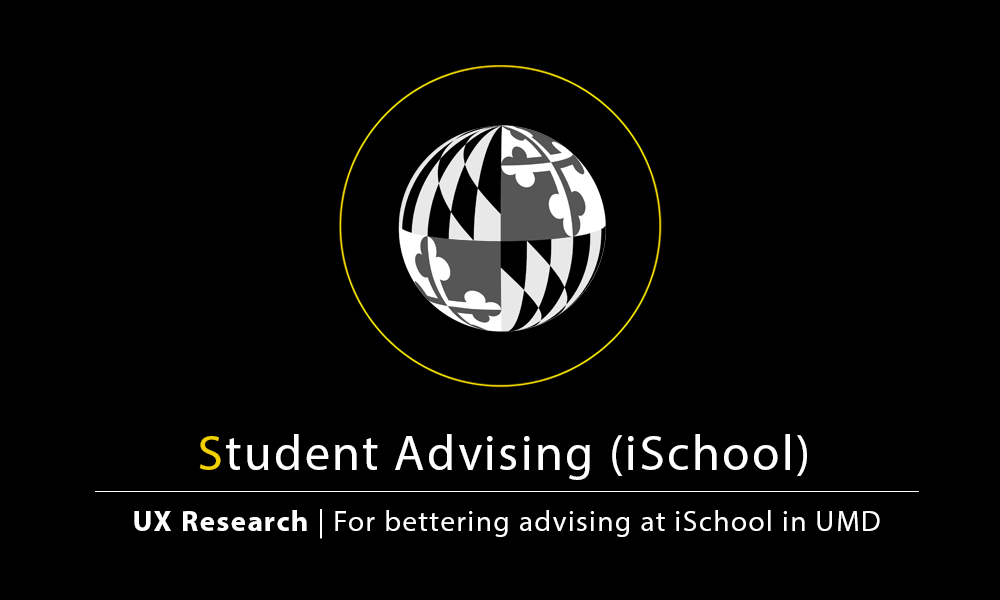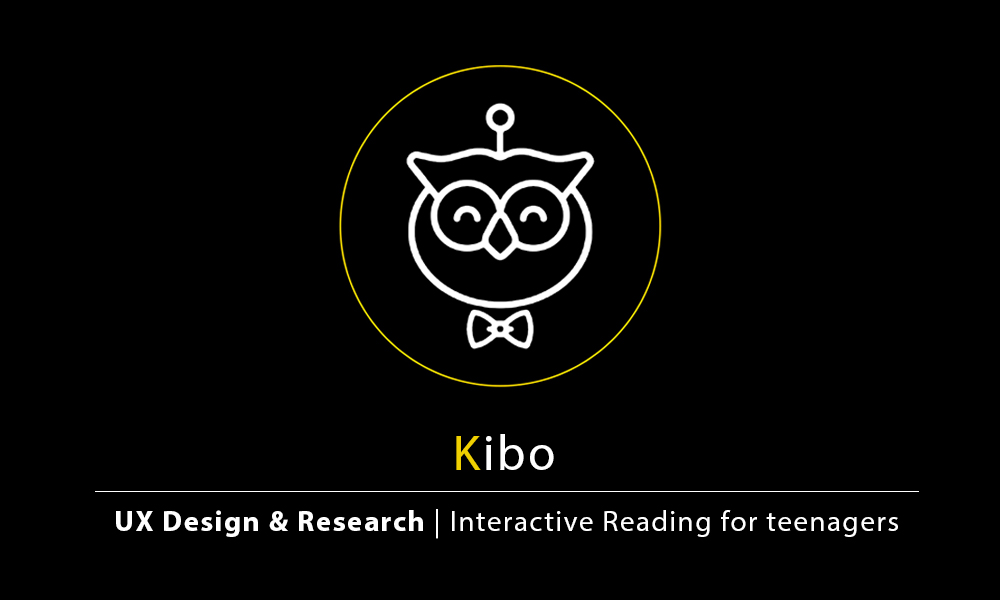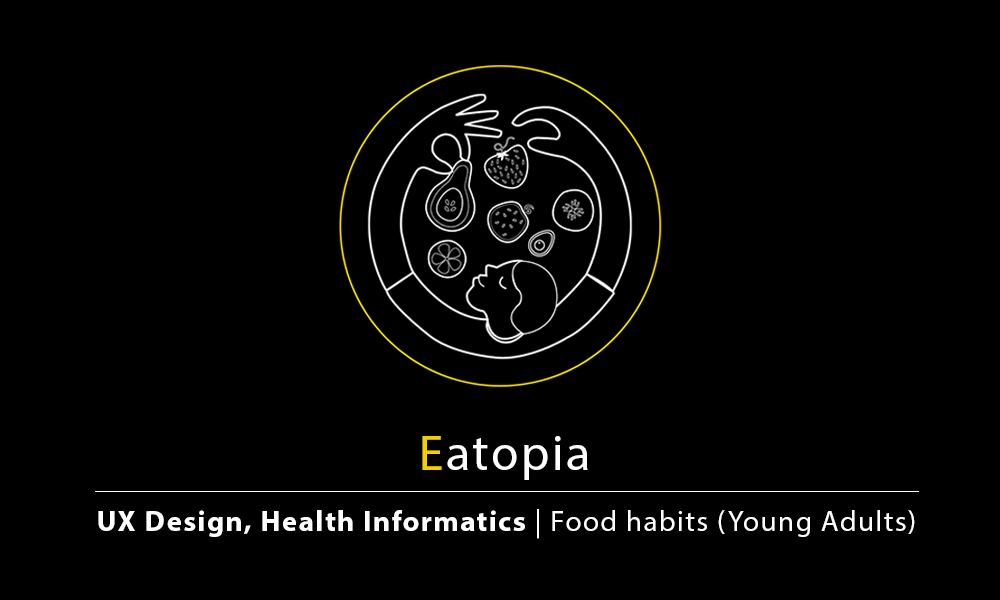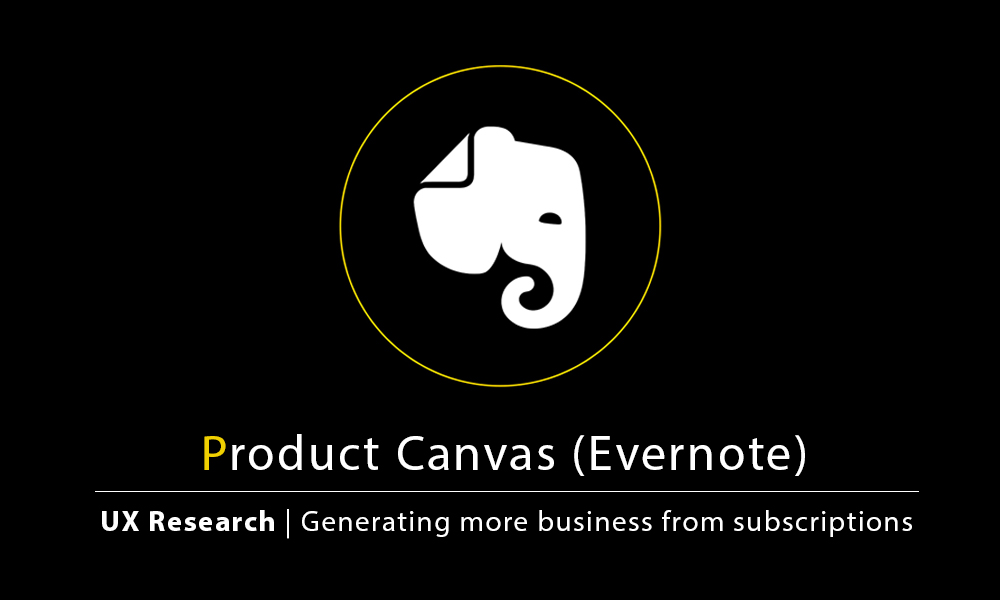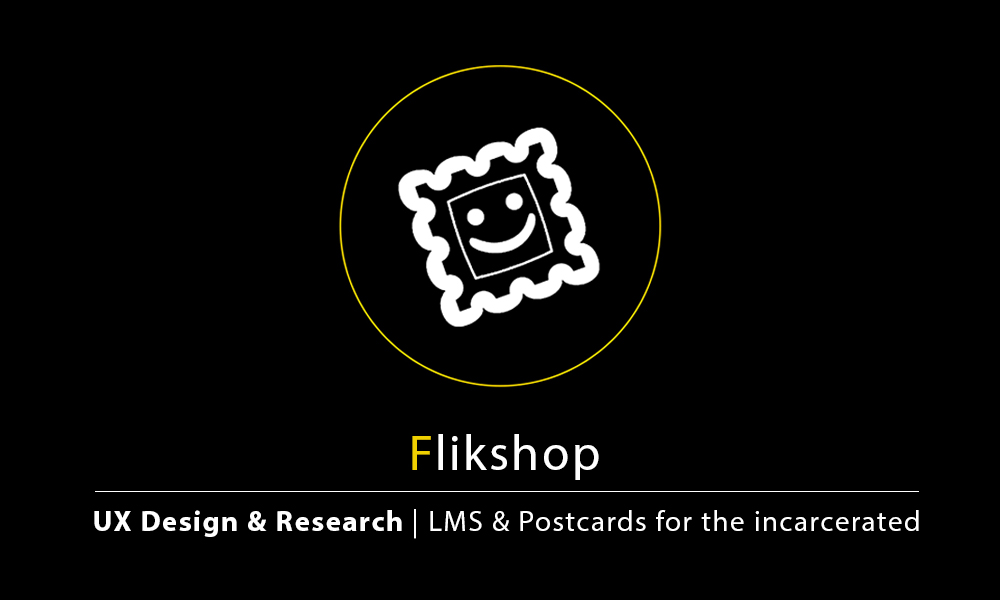Introduction
University of Maryland’s School of Information Science is a rapidly growing department. The number of students joining the Bachelor of Science in Information Science, 4-year program has been on a steep rise. This rapid growth and an anticipated addition of 3 more undergraduate programs has led to some interesting situations in the undergraduate iSchool advising committee – A growing team of academic advisors that help and guide all the undergrads of iSchool. The advisors hope to figure out solutions to improve their advising process W. We worked in a team of 6 User Researchers as a part of our User Research Methods Course. The project spanned over 2 months. My responsibilities in this project included UX Research, Modeling, Concept Design Design, Research Operations.
Research Statements & Goals
After a de-briefing session with the director of the advising team, we collated what we learned and created our research goals. Through our research, we attempted to answer the following questions:
- What is the status quo of current student advising practices?
- What are the problems (if any) that currently exist?
- What aspects of advising have been working well so far?
- What impact does the mode of communication (Online, Offline) have on advising experience?
- What are the student’s expectations on advising and its impact?
- What are the advisor’s expectations on the needs of students?
- What are the possible low/mid/long solutions that could align student/advisor expectations?
Research Methodology
Diary Studies – with advisors
We used Diary Studies to extract insights from advisors and use them as a formative tool for framing the Interview questions for the Contextual Inquiry phase. We were not allowed to participate in an advising session since it goes against the FERPA rules of student privacy. The best way to get the contextual data without being in context in this case is diary studies, since advisors could immediately make note of the pain-points or peculiarities just after their advising session, preventing recall biases while promoting rich reflections.
Although the method was solid on paper, we could not get much information from diary studies since we ended up getting very few diary entries.
Contextual Inquiry – with advisors, ambassadors, supervisor
Contextual inquiries were conducted with advisors, ambassadors, and the supervisor, the main stakeholders in the advising process. This method enabled us to communicate with them during the interviews while observing them doing activities related to their workflow. We could capture not only their expectations but also their opinions, motives, and feelings.
Interviews – with students
To understand what students expect from the advising process we conducted student interviews. The interview questions were based on the insights from previous interviews with the advisors and our observations. Considering the students’ viewpoints enabled us to provide a holistic solution to the problems.
Recruitment criteria and process
When we intended to make the advising experience better we had 2 target users in mind. Our primary users were the advisors and the secondary users were the students. To get a good sample of the advisors, we picked the advisors with varied levels of experiences and responsibilities. For selecting the students for the research, we focused on getting students who “freshly” started their advising sessions so that we could capture their raw experiences.

Deliverables
In addition to affinity diagrams we created Sequence Model, Information Flow Model and Identity Model to elicit different perspectives and pain-points of the advising process. Apart from the models, we delivered solutions to improve advising workflow, from short-term goals that can be readily implemented, to long-term goals that can be implemented in semesters or years length.
Affinity Diagram
Through the affinity diagram, the team identified six themes. The themes revealed that advising is a cooperative process concerning multiple stakeholders including students, other advisors, ambassadors, the supervisor, and external departments. However, this cooperation is not as successful as it could be, due to the mismatch of expectations between students and advisors and ineffective use of tools in the advising workflow.
Sequence Model
The sequence model visualizes the advising process in a detailed step-by-step sequence and reveals areas that the workflow encounters difficulties. In the sequence model, we mapped the advisor’s work starting from the point the student’s query is received through email to the point it is resolved in an advising session.
From this model, we discovered two issues with the advisor’s use of tools. First was the inconvenience created by TerpEngage. Advisors were required to use TerpEngage to make notes and check advising schedules with students, but advisors felt the interface was “messy” and difficult to use. The second was the abundance of platforms used to find student information. This was dispersed among more than 3 platforms, including but not limited to rosters, Box, and CICS, which often caused confusion in the process of finding the right information.
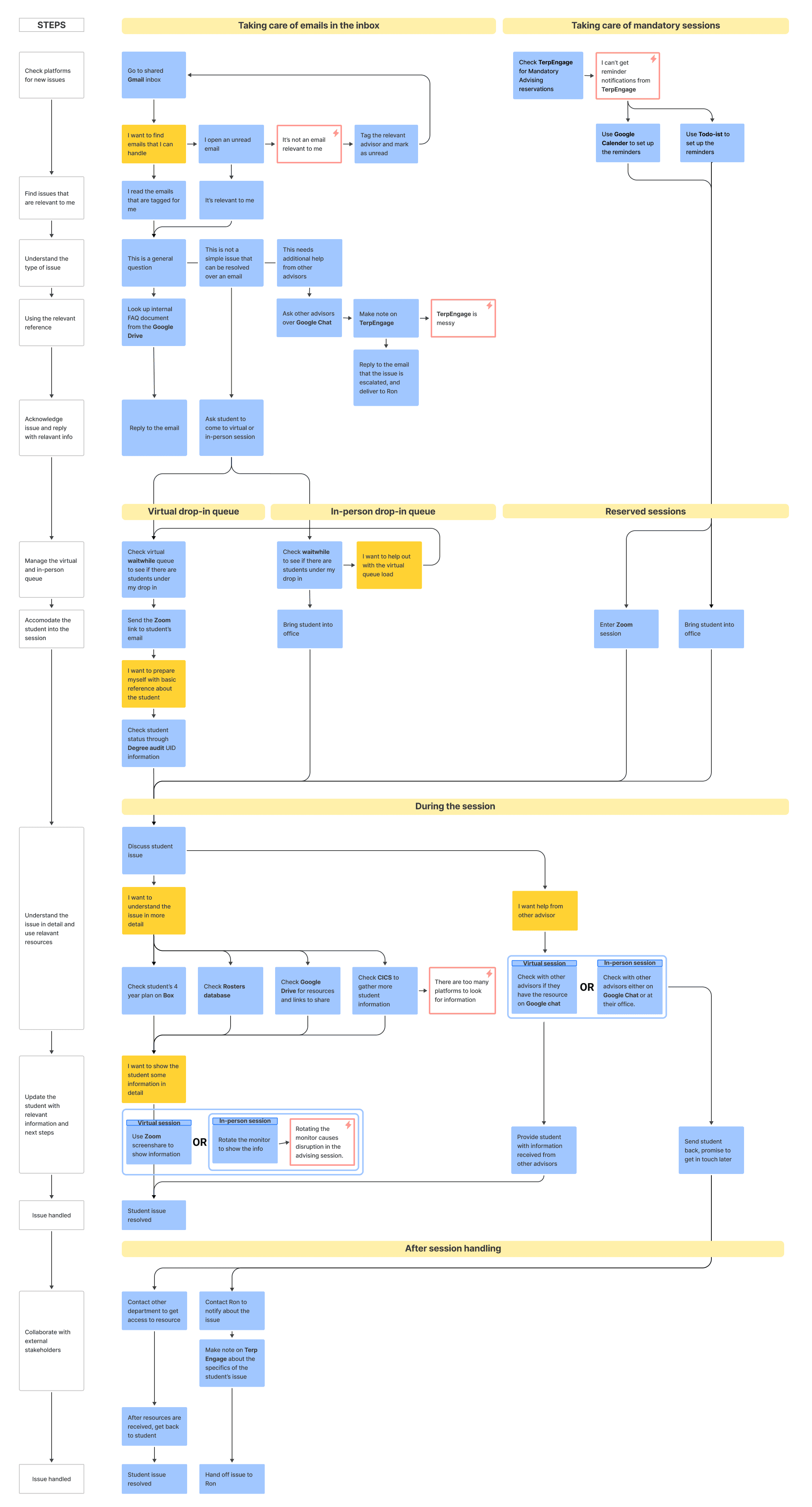
Information Flow Model
The information flow model represents how information flows through the advising process and captures the technologies that carry the information. This model highlights how the three key players of the advising workflow, the ambassadors, advisors, and the supervisor coordinate at different stages of the advising process to resolve the student’s issue.
Here, we discovered that ambassadors play a key role in filtering out student cases in the early stages of the advising process by taking care of emails. Ambassadors answer common questions and tag relevant advisors in the general inbox.
We also discovered that there was a disconnect in communication when student issues were escalated from ambassadors to advisors. Ambassadors do not directly connect students to advisors, so students are required to set up a new advising appointment, and as a result, the student has to explain her problem again at the advising session.

Identity Model
The identity model shows the identity elements of the stakeholders in the advising process. Two models were created, one for students and one for the advising team members, including advisors, ambassadors, and the supervisor.
The identity model revealed that there was a need among both students and advisors to have better ways to communicate and receive information about advising processes and academic issues.
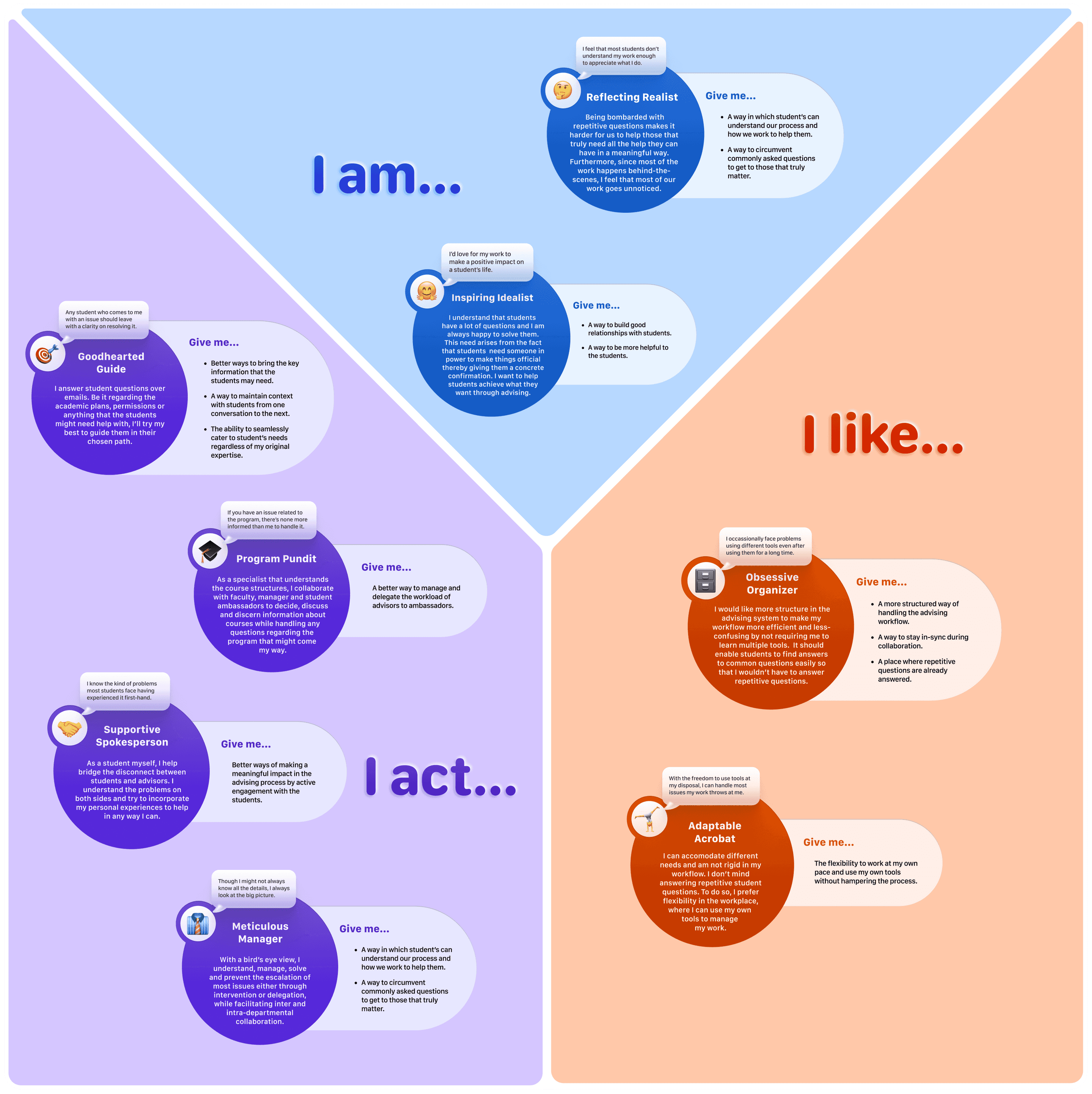

Design Suggestions
Based on our models, we found out that there were two categories of students, the first who were more active finding information online and second who preferred more guidance. Here we list ideas categorized by these types of students. The ideas are marked as either short-term or long-term by the time required to implement them.
- Short Term – Ideas that can be implemented as soon as possible
- Long Term – Ideas that can be implemented over a longer span of time
We suggested ideas regarding improvements to the website, student-advising team relations and tools being used in the advising workflow.
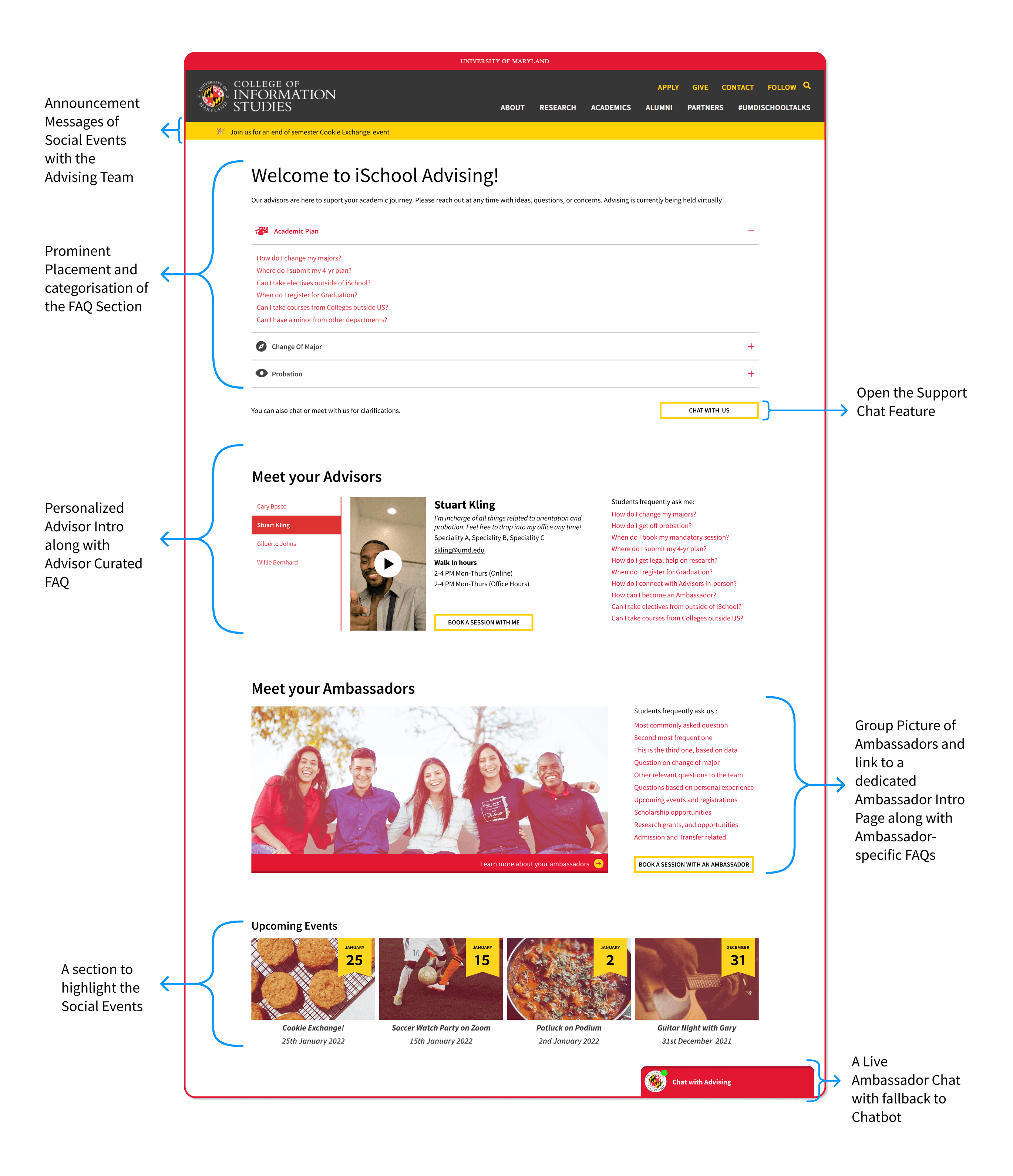
Conceptual Design of the InfoSci Advising Website.
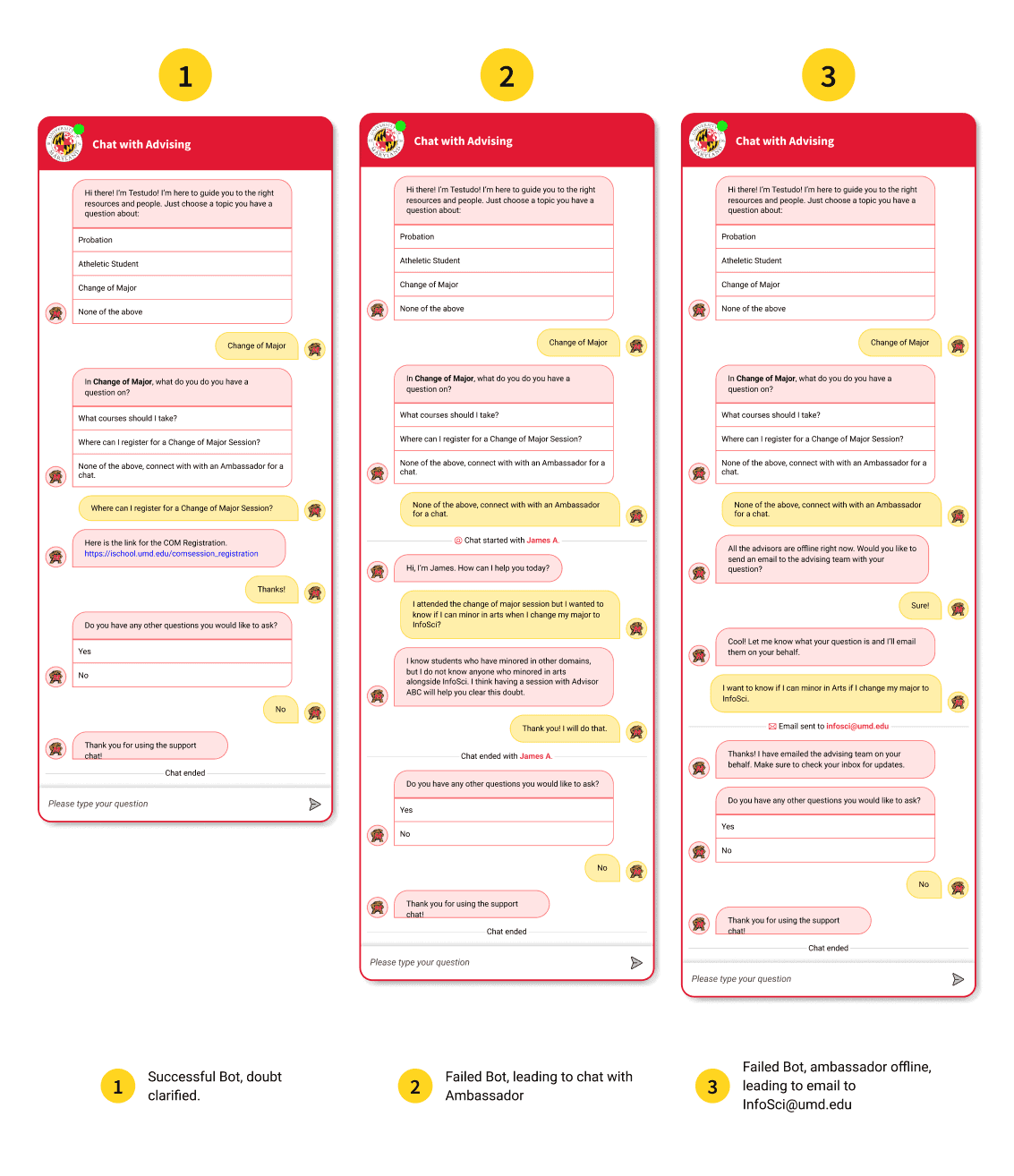
Conceptual Design of the InfoSci Advising Website Chat Feature.
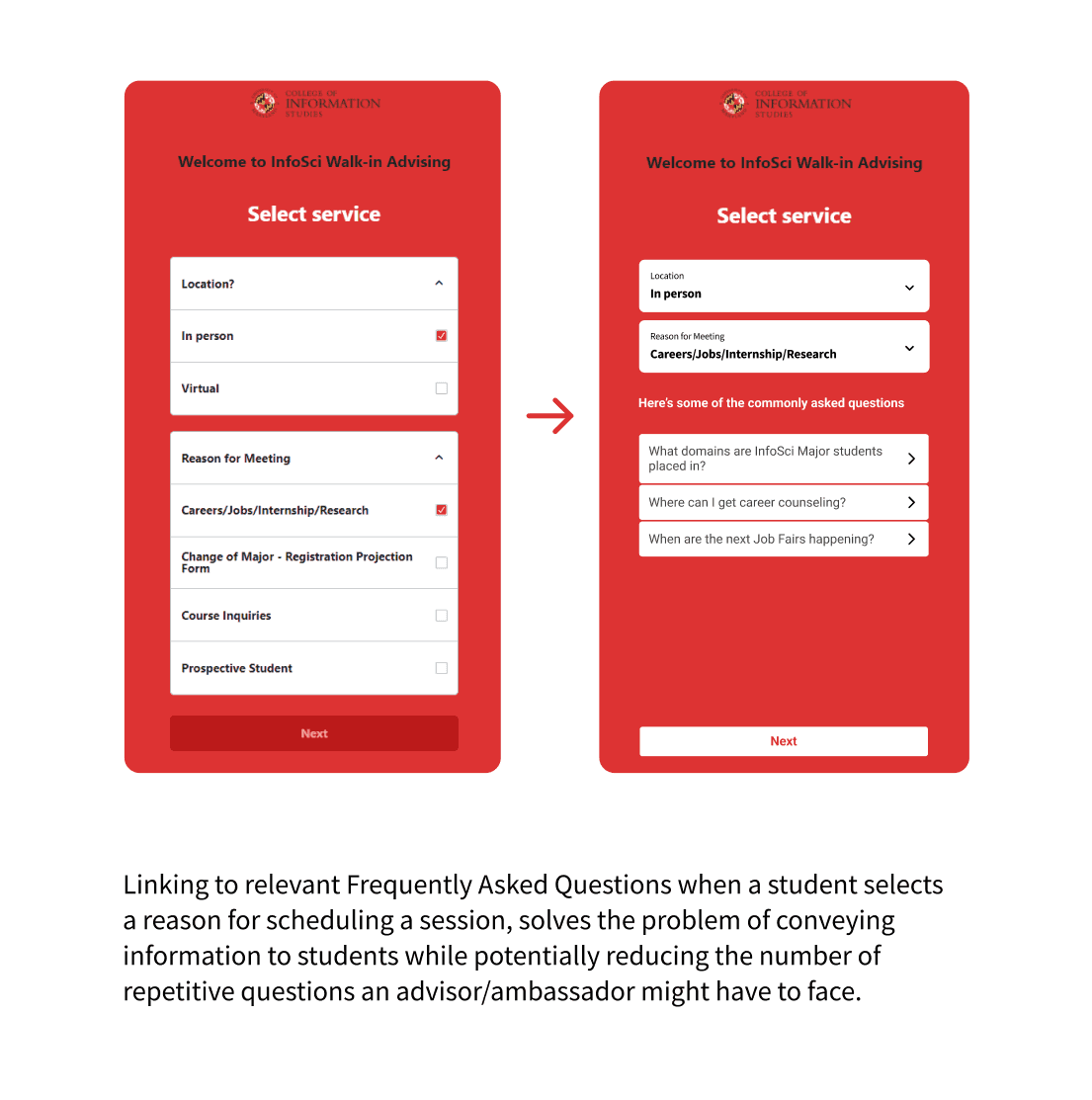
Conceptual Design indicating changes to the WaitWhile's interface.
Conclusion
When we began the research, we were optimistic about the research plans and methods that we had planned but in reality we had to improvise according to the hurdles we faced along the way to collect user data. This gave us a real world feel of how user research goes on in the real world and how we should adapt to rapid changes.
More Projects
UX/UI • RESEARCH • DESIGN
That’s it for now
As a life-long student of design, I’m continuously improving my work. Please look forward to more updates.
I am currently looking for Job Opportunities as a UX Designer, and it would be my pleasure to get in touch with you if you have any opportunities or suggestions for me. Also, if you’re looking for a designer to bounce ideas off of or an enthusiast to go hiking/climbing with, get in touch at mullapudisashank@gmail.com! :)

